
No. 488 Squadron was the name given to two distinct Royal New Zealand Air Force squadrons during the Second World War. Both were formed under Article XV of the Empire Air Training Scheme and served under the operational command of the Royal Air Force.

Raymond Brown Hesselyn, was a New Zealand fighter pilot and flying ace of the Second World War, credited with the destruction of at least 18 enemy aircraft while flying with the Royal Air Force (RAF) over Europe and the Mediterranean.

Group Captain Desmond James Scott, was a New Zealand fighter pilot and flying ace of the Second World War. He was credited with the destruction of at least five enemy aircraft.
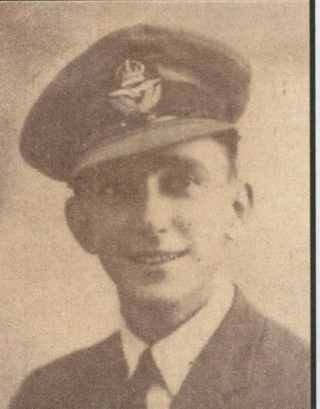
Derek Harland Ward, was a New Zealand flying ace of the Royal Air Force (RAF) during the Second World War. He was credited with six confirmed victories and one probable.

Harvey Nelson Sweetman, was a New Zealand fighter pilot of the Second World War. He flew extensively with No. 486 (NZ) Squadron over Europe and was later commander of No. 3 Squadron. He was credited with shooting down three aircraft and at least eleven V-1 flying bombs.

Group Captain Richard Cummins Haine, was a British pilot and a Royal Air Force officer from 1936 to 1970. He received the Distinguished Flying Cross for his actions during the Second World War, including the first night fighter defence over Britain, and was involved in the first fighter attack of the war on German territory. Haine served as the commanding officer of No. 488 Squadron RNZAF in 1944.

Wilfred Greville Clouston was a New Zealand flying ace of the Royal Air Force (RAF) during the Second World War. He was credited with the destruction of nine enemy aircraft and shared in the destruction of three more.

Michael James Herrick, was a New Zealand flying ace of the Royal Air Force (RAF) during the Second World War. He is credited with having shot down at least six enemy aircraft.
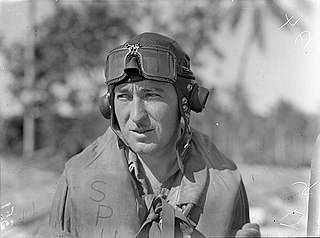
Robert Lawrence "Peter" Spurdle was a New Zealand flying ace of the Royal Air Force (RAF) during the Second World War. He was credited with the destruction of ten enemy aircraft.

Paul Wattling Rabone was a New Zealand fighter pilot and flying ace who flew in the Royal Air Force (RAF) during the Second World War. Born in Salisbury, England, he was educated in New Zealand. He joined the RAF in 1938 and was posted to No. 88 Squadron, which was sent to France in September 1939 after the outbreak of the Second World War. He flew a Fairey Battle during the Battle of France, and was twice shot down.

Irving Stanley Smith was a New Zealand flying ace of the Royal New Zealand Air Force (RNZAF) during the Second World War, who subsequently transferred to the Royal Air Force (RAF). He was credited with the destruction of eight enemy aircraft.

John Arthur Houlton was a New Zealand flying ace of the Royal New Zealand Air Force (RNZAF) during the Second World War. He was credited with the destruction of at least five German aircraft.

George Esmond Jameson, was a New Zealand flying ace of the Royal New Zealand Air Force (RNZAF) during the Second World War, who is credited with the destruction of eleven enemy aircraft and two damaged. He was the highest scoring New Zealand night fighter pilot of the war.
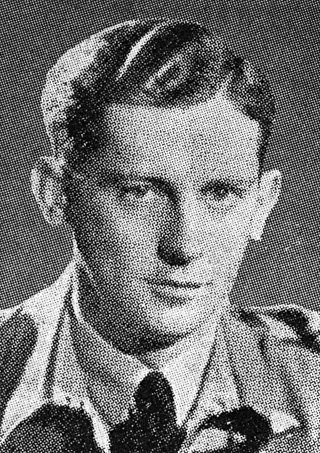
Ernest Leslie Joyce, was a New Zealand flying ace of the Royal New Zealand Air Force (RNZAF) during the Second World War. He is credited with the destruction of at least nine enemy aircraft.

Mervyn Robert Bruce Ingram, was a New Zealand flying ace of the Royal New Zealand Air Force (RNZAF) during the Second World War. He is credited with at least eight aerial victories.
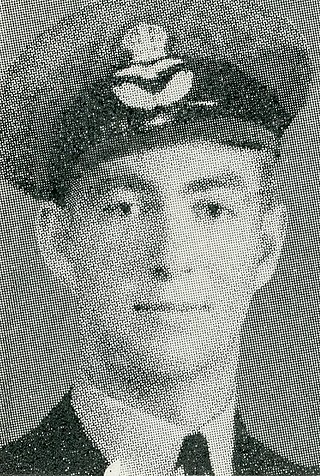
Richard Macklow Trousdale was a New Zealand flying ace of the Royal Air Force (RAF) during the Second World War. He was credited with at least six, possibly seven, aerial victories.
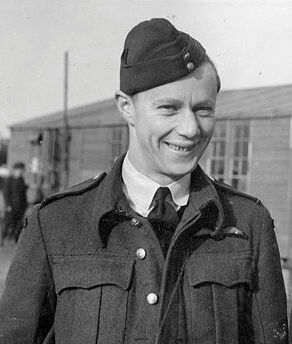
Arthur Ernest Umbers was a New Zealand flying ace of the Royal New Zealand Air Force (RNZAF) during the Second World War. He was credited with the destruction of five German aircraft as well at least fifteen V-1 flying bombs.

Keith Granville Taylor-Cannon was a New Zealand flying ace of the Royal New Zealand Air Force (RNZAF) during the Second World War. He was credited with the destruction of five German aircraft as well as one V-1 flying bomb.
Kenneth William Stewart, was a flying ace of the Royal New Zealand Air Force (RNZAF) during the Second World War. He was officially credited with the destruction of five German aircraft.

Gordon Raphael, was a Canadian flying ace who served with the Royal Air Force (RAF) during the Second World War. He was credited with having shot down at least seven aircraft.




















